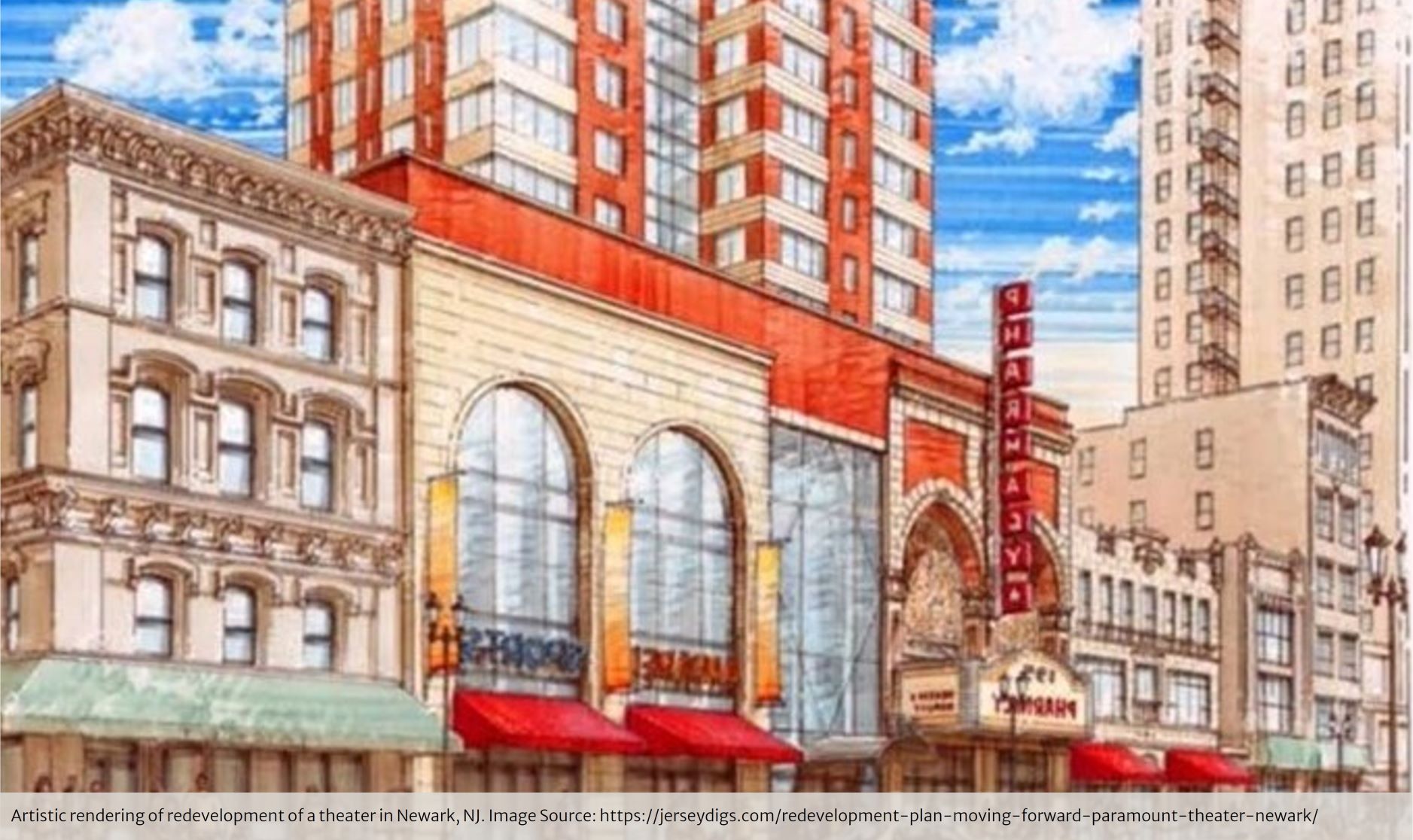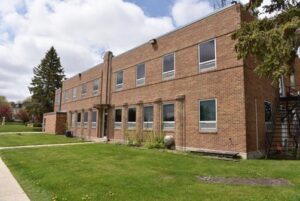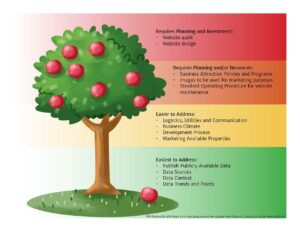Many business and property owners desire to have an elegant storefront or façade on their buildings. The cost to perform a face-lift, however, is often perceived as prohibitive. The same can be said for internal or structural improvements. Understanding the economic incentive to perform these property improvements can often sway the property owner to pull the trigger. Economic Development Professionals need to show them that there are several areas to increase the bottom line. In other words, show them the incentive to making the improvements. A minimal investment into the façade or general improvements can lead to real returns on the investment. Some, but not all, of the benefits are below:
- Increased Rents
- Storefronts experience an increase in 1st time customers
- Storefronts experience an increase in sales overall
- Insurance savings
- Utility efficiencies
- Decreased maintenance expenses
Direct Impact
It may seem obvious that a better-looking building would attract a higher rental rate. However, a property owner should analyze how much rents can increase vs. the cost of the investment. Let’s say the commercial tenant is currently paying $500/mo. in rent. The current building exterior needs updating a face-lift. The property owner first should obtain bids on the desired renovations and updates. If the project will exceed their budget, they should look to see if there are existing programs in the local community to provide financial support to businesses that want to perform these types of storefront face-lifts. The City, Main Street organization, or EDO may provide funding sources that would fill the gap in the project.
For the sake of this article, let’s assume your local community has a grant fund. The grant will match a $5,000 investment into façade improvements. The total improvement costs to paint the front of the building, install a new awning, update windows, and install signage is $10,000. Additionally, we will assume the property owner will be able to raise rents by $200/mo. So, for a cash expense to the property owner for $5,000 plus the $5,000 from the grant program, the rent received will go from $500/mo. to $700/mo. Assuming that operational expenses will remain the same, that additional $200/mo. will go straight down to the bottom line. The property owner will be able to recover his or her initial investment in only 25 months (5,000/200=25). The financial incentive from being able to raise rents is clear.
Indirect Impact
What’s not as clear, but also contributes to the economic vitality of going through with the improvements, is the benefit to the business in the improved building. There are several examples of businesses experiencing a significant uptick in 1st time customers and an increase in sales after investment in their façade.1 The business benefit also contributes to the justification for increasing the rents, passing directly through to the property owner.
Property improvements provide additional benefits to the property owner, including lower maintenance expenses that could pop up as the property continues to age and deteriorate. If improvements include windows, HVAC, or lighting elements, the property owner will also experience increased efficiency from a utility cost perspective. Improvements to safety features such as the installation of a sprinkler system or hardwired fire alarm system may also positively impact insurance premiums. While it may seem minimal, every bit of savings/efficiency adds up and appears on the bottom line.
Conclusion
The property owner’s investment in his or her building will reap obvious rewards for the property owner. What is even more compelling for the community are the far reaching and lasting benefits to the downtown or business district in which these buildings exist. See ROI of RE – the Boomerang Benefits and The Environmental and Public Health Costs of Neglected Buildings post for more on that!






